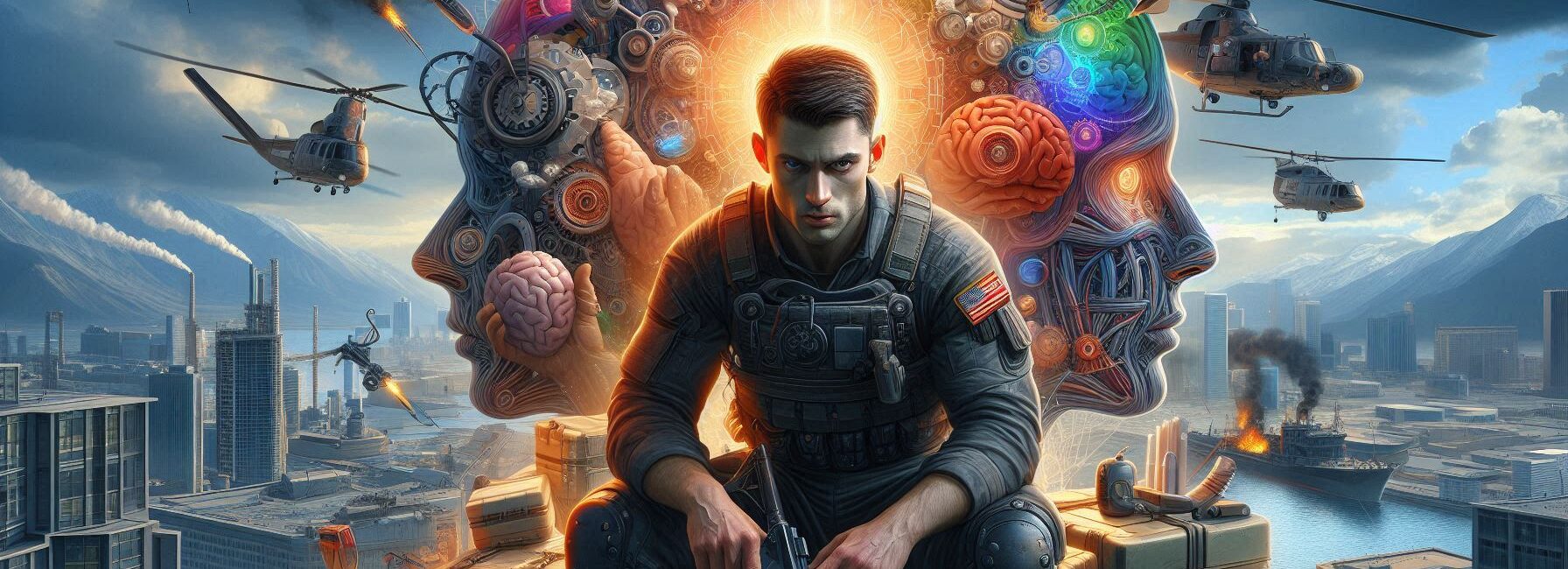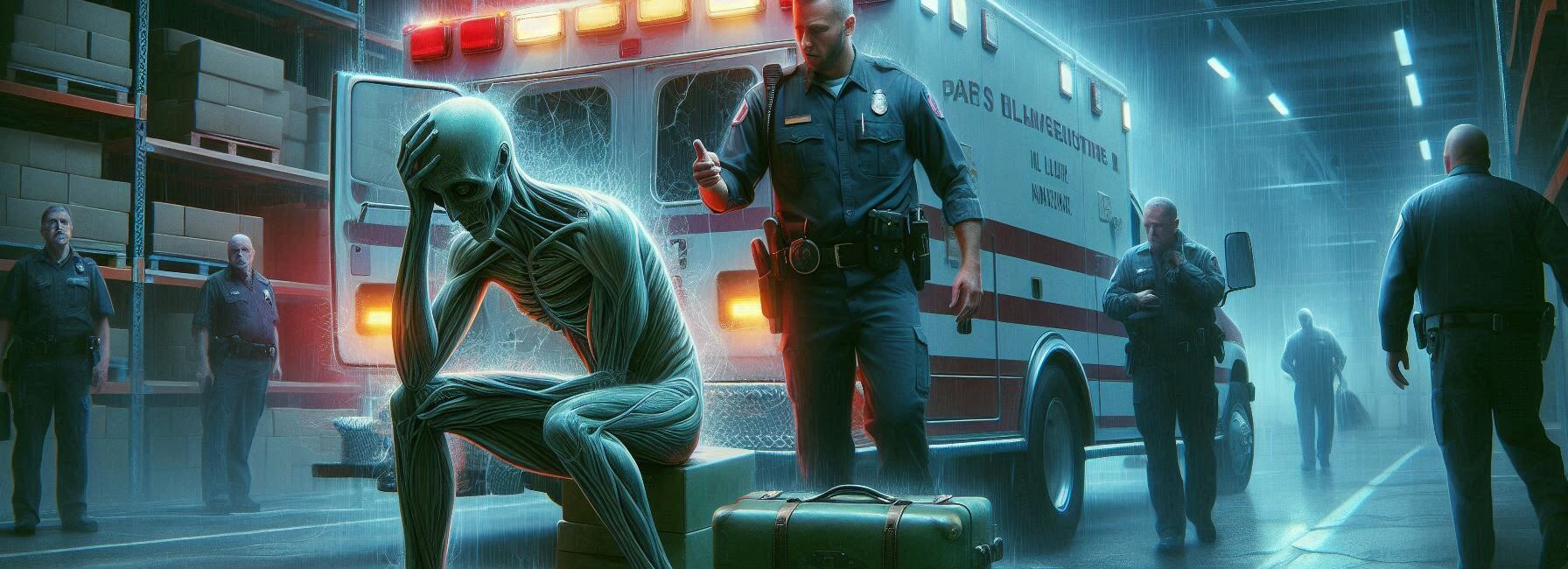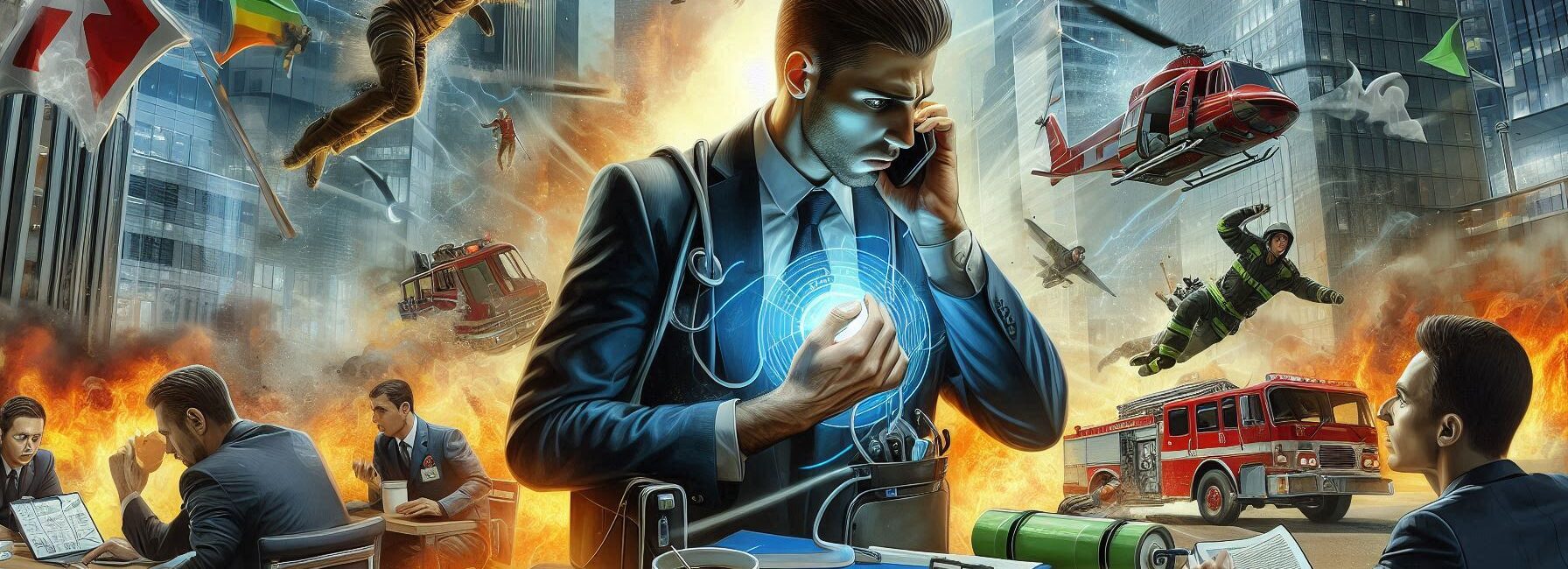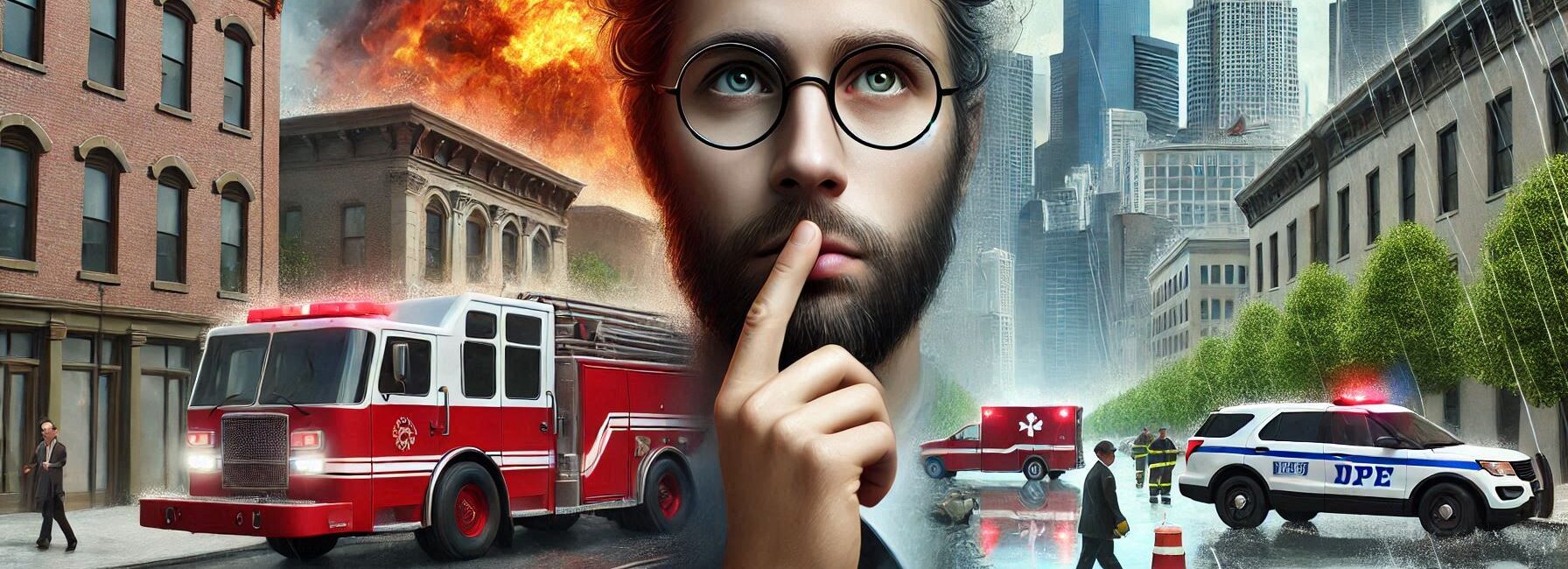Please Note: This post may contain affiliate links. If you click one of them, we may receive a commission at no extra cost to you. As an Amazon Associate, I earn from qualifying purchases.
Last Updated on November 1, 2025 by Kevin Collier
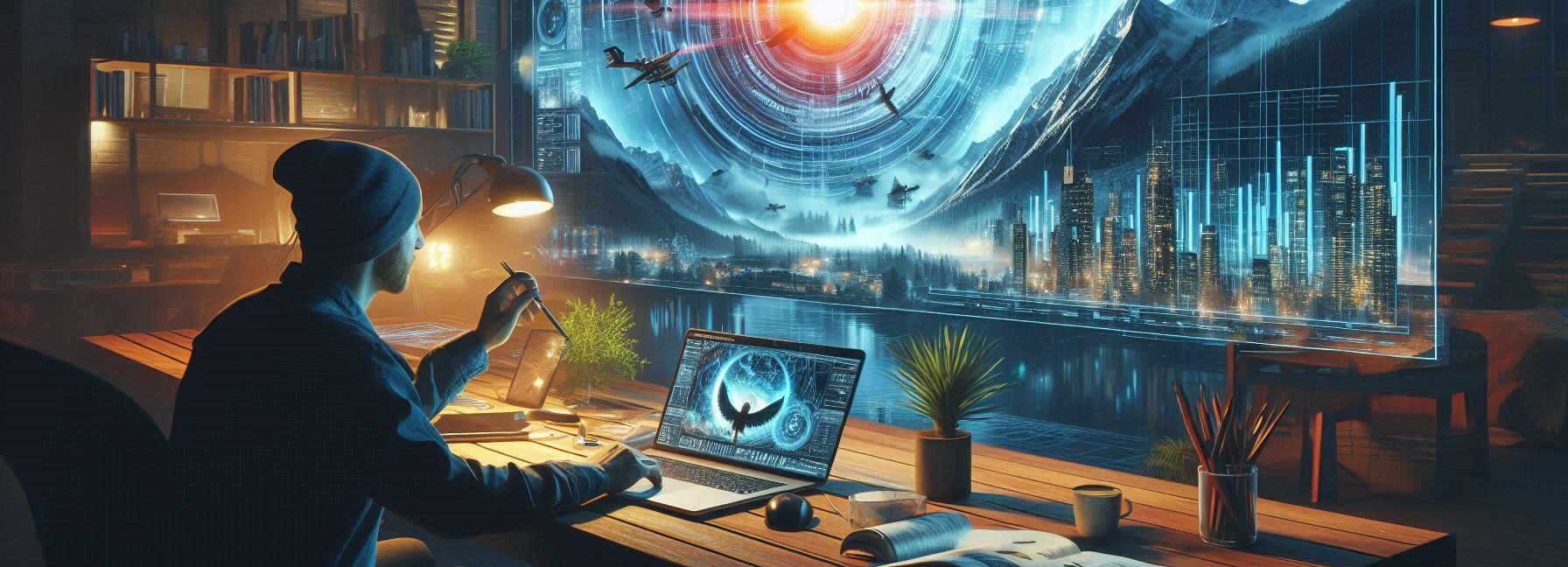
Top Takeaways and Key Concepts
- Visualize Specific Survival Scenarios: Mentally rehearse actions like building shelter or signaling for help.
- Engage All Senses in Mental Rehearsal: Incorporate sights, sounds, and physical sensations to strengthen neural pathways.
- Practice Regularly Under Stress: Simulate high-pressure situations to improve emotional regulation and focus.
- Use Visualization to Overcome Fears: Confront potential anxieties, such as fear of darkness or isolation, through mental imagery.
- Combine Visualization with Physical Training: Integrate mental rehearsal with hands-on survival skills for comprehensive preparedness.
Imagine this: you're in the woods. The trees are so tall that it looks like they want to touch the sky. You can hear crickets singing at night, birds talking above, and, oh, there's a squirrel! Look at it planning to steal your trail mix. That little guy is sneaky!
All of a sudden, BOOM! You are in a life-or-death situation. A little bit of panic sets in. Your heart is racing, isn't it? You start to wonder, “How do I build a shelter?” “How do I even start a fire?” It's like attempting to put together a puzzle with missing pieces.
But wait! What if I told you that you could change this? Just thinking about performing these things can help a lot. No kidding! It's called visualization, and it's like daydreaming with a goal.
Think about how you would pick up sticks and leaves. Imagine making a warm, snug fort. Imagine how nice it would be to snuggle up inside, away from the outside world. Easy, right? It's easier to do something when you can picture it in your head.
When you think about creating a fire, picture rubbing those sticks together. As the flames flicker, you can feel the heat expanding. It's almost like you're working out your head. It says, “Hey, I can do this!”
While I drink coffee, I think about all of this. It's crazy how our thoughts can influence how we feel. Like when you are nervous before a huge test but then see yourself passing it and smiling. It makes you feel better.
It's hard to be out in the woods. It's natural to feel lost or terrified at times. You're not the only one who feels that way. Sometimes everyone gets a little nervous.
Take a deep breath. See yourself as powerful and able. Think about how you can obtain food, remain warm, and have fun on your trip. If you need to, close your eyes for a second. Let that picture fill you up, and then look at it again. You can do this!
Nature can be helpful or hard, but you can handle it either way. You have skills, even if you don't know it yet. Just picture it, and you'll be shocked at how much that may assist.
*** Shop for Survival Gear - Tools - Kits ***
Survival Gear - Bags and Backpacks - Knives - Boots/Footwear - Communication
Outdoor Cooking - Gloves - Hydration - Dry Boxes - Water Filtration Systems
Tents - Sleeping Bags - First Aid Kits - Multi-Tools - Flashlights - Fire Starters
Navigation - Survival Food - Night Vision - Headlamps - Stun Guns - Binoculars
Going on crazy escapades is a part of life. You may turn your anxieties into strengths if you use your imagination. You can do this! Could you please give me some of that trail mix?
What is Visualization Anyway?

To put it simply, visualizing is like daydreaming with a goal in mind. It is making pictures in your head of certain situations and consequences. It's like pretending to be an action hero while you sit on your sofa, except this time we want those superhero skills to help you when you're camping.
It's interesting that athletes have been employing visualization techniques to improve their performance for a long time. They see themselves scoring touchdowns or making the perfect dive off the high board, which I now know I can't do.
So, why not apply this same method to stay alive in the wild? If pretending to be Bear Grylls helps me find my way back when I get lost on a hike, I'm in!
The Science of Visualization

You might be wondering, “Does this really work?” Let's see what science has to say! Studies reveal that imagining success engages the same parts of the brain as doing the task.
That implies that when you picture yourself starting a fire effectively (and not accidently setting your eyebrows on fire), your brain gets some experience without any real danger.
I recall attempting this before I went camping alone. Instead of just hoping I wouldn't starve or get devoured by bears (again), I imagined myself confidently gathering firewood and lighting it like a wizard with magical abilities over fire. Spoiler alert: no bears were involved, and I enjoyed some tasty roasted marshmallows instead!
Making Visualizations Work
Now that we know that visualization has some scientific support, how can we make our mental movies work better? First of all, being explicit is really important! Instead of visualizing yourself as a tough explorer surviving in the wild (think less “Into the Wild” and more “Survivor: Campfire Edition”), focus on specific things you can do.
For instance, picture every step you need to take to build a shelter, like gathering branches and leaves, arranging them correctly, and then stepping back with pride when you've made your snug home away from home.
Imagine how good it will feel when it's done. You might even want to do a little victory dance since nothing says “I made it!” like dancing badly!
You can also want to include all five senses in your images. Think about how it smells as well as how it looks to build that shelter. The fragrance of moist wood mixed with fresh pine needles is earthy, and it feels great to finally sit within after hours of hard work.
How to Get Over Fear by Seeing It
In survival situations, fear may be paralyzing. It's like having an unpleasant mosquito buzzing around your head while you try to make a bonfire. But employing imagination can be a really powerful way to fight fear.
Imagine what would happen if things went wrong, like finding out you were out of snacks (the horror!) or getting caught in the rain while trying to cook beans over an open flame. Instead of freaking out like someone who just found out they forgot their favorite clothing at home, picture yourself calmly dealing with these problems.
If you think about these possible problems ahead of time, you'll be better able to deal with them if they happen in real life. It's like studying for a test so you don't forget everything when the time comes!
Doing Visualization Exercises On A Regular Basis
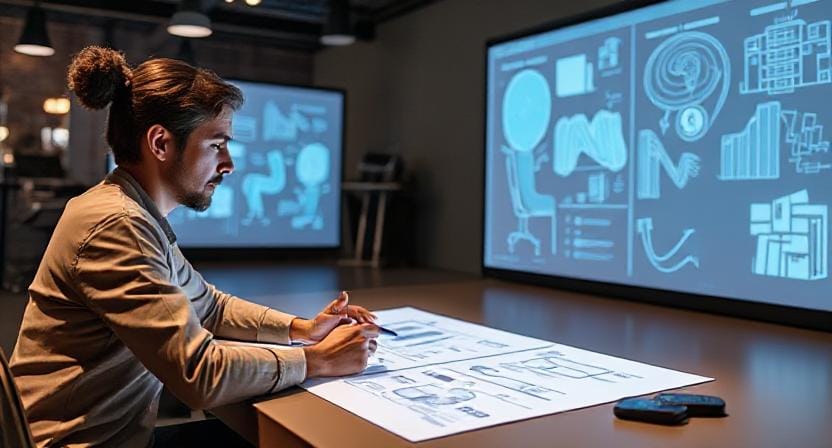
Visualization, like working out your muscles to make them stronger and more resistant (who doesn't desire biceps that are worth flexing?), needs to be done on a daily basis. Take some time each week, maybe while drinking hot cocoa by the fire, to picture different survival situations.
I often close my eyes before bed and visualize myself moving through different places, like thick forests full of animals or precipitous mountainsides where one wrong step may send me crashing down faster than my dignity at karaoke night!
The more I think about these circumstances, the more ready I'll be if they ever happen outside of my living room.
Remember that practice makes perfect, even if that just means avoiding awkward times when you breathe in smoke from campfires that are too big!
Conclusion: A Tool for Every Adventurer
Let's talk some more about this visualizing stuff. It's like having a secret power. It certainly helps to see yourself doing something hard. For example, if you want to go camping, think about all the fun things you could do while you're there. Making a fire, preparing delicious food, or simply just looking at the skies at night.
Imagine the fire crackling and being warm and bright. What color is the fire? How about orange and yellow? You can feel the heat in your head. It makes it a lot easier when you have to do it. Your brain starts to say, “Hey, I've done this before in my head!”
When we think about problems, they can seem really big. Like a huge mountain we have to go up. But breaking it down into small steps? That makes it easy. Think about getting sticks for the fire. Next, imagine lighting a match or using a lighter. It gives you more and more confidence with time. It's like practicing for a play, but the stage is outside.
It's a good idea to practice these mental abilities if you're going to be out there for a long time, just like you would practice riding a bike or kicking a soccer ball. Your brain remembers better when you practice a lot. You can choose a peaceful place, shut your eyes, and visualize yourself in those situations. The more you do it, the better you'll feel when you're outside.
Are you worried about getting lost? Think about how to go back. Picture yourself looking at the sun or a map. Imagine yourself strolling with confidence, seeing landmarks, and getting back on track. It's all about getting your brain ready.
And it's fine to be terrified or unsure sometimes. At some time, we all do. Nature can surprise you with things like a sudden rainfall or an animal you didn't expect. Just remember that you have tools in your toolbox. Visualization might be one of your best friends out there.
When you're getting ready for a trip, don't forget to think about the exciting things. The fun times, the munchies, and the times spent under the sky. It all starts with a little imagination. You might be surprised by how much you can handle.
And who knows? You may be the one who starts the fire in the group and lights up the night without burning your eyebrows! So, be ready, picture it, believe it, and go out and see what you can find. Get ready for an adventure! Do you want another cookie?
Frequently Asked Questions
What is visualization in a survival context?
Visualization is mentally rehearsing specific survival actions to strengthen neural pathways and improve performance under pressure.
How specific should my mental rehearsal be?
The more detailed your scenario is, the stronger the benefit, so include exact steps, decisions, objects, and surroundings.
Should I activate multiple senses when visualizing?
Involving touch, temperature, sounds, and scent helps reinforce memory encoding and builds more realistic mental simulations.
Can visualization help control fear in wilderness settings?
Mental exposure to anxiety-triggering events can reduce panic by building familiarity before a real danger occurs.
How often should visualization be practiced?
Daily or weekly short sessions support retention and help strengthen calm, confident responses during unpredictable events.
Is visualization equally effective without physical practice?
Pairing mental imagery with hands-on skill repetition produces the highest performance gains compared to either method alone.
Can visualization improve decision-making speed?
Rehearsing choices and outcomes in advance reduces hesitation and increases cognitive clarity when stress levels spike.
Suggested Resources:
Visualization Techniques for Athletes
https://www.psychologytoday.com/us/blog/the-power-prime/201203/visualization-techniques-athletes
How Mental Imagery Works
https://www.ncbi.nlm.nih.gov/pmc/articles/PMC4272000/
Mental Preparation Strategies
https://www.survivalinternational.org/news/2019/how-prepare-mentally-survive

Kevin Collier is a seasoned survivalist and expert in prepping and homesteading, contributing to WiseSurvive.com. With a deep-rooted passion for self-sufficiency and outdoor survival skills, Kevin shares practical advice, strategies, and resources to help individuals prepare for any challenge. His informative articles cover a range of topics, from essential survival techniques to sustainable living practices, empowering readers to thrive in any situation. Whether you're a novice or a seasoned prepper, Kevin's insights will inspire you to take charge of your readiness and build resilience for the future.

